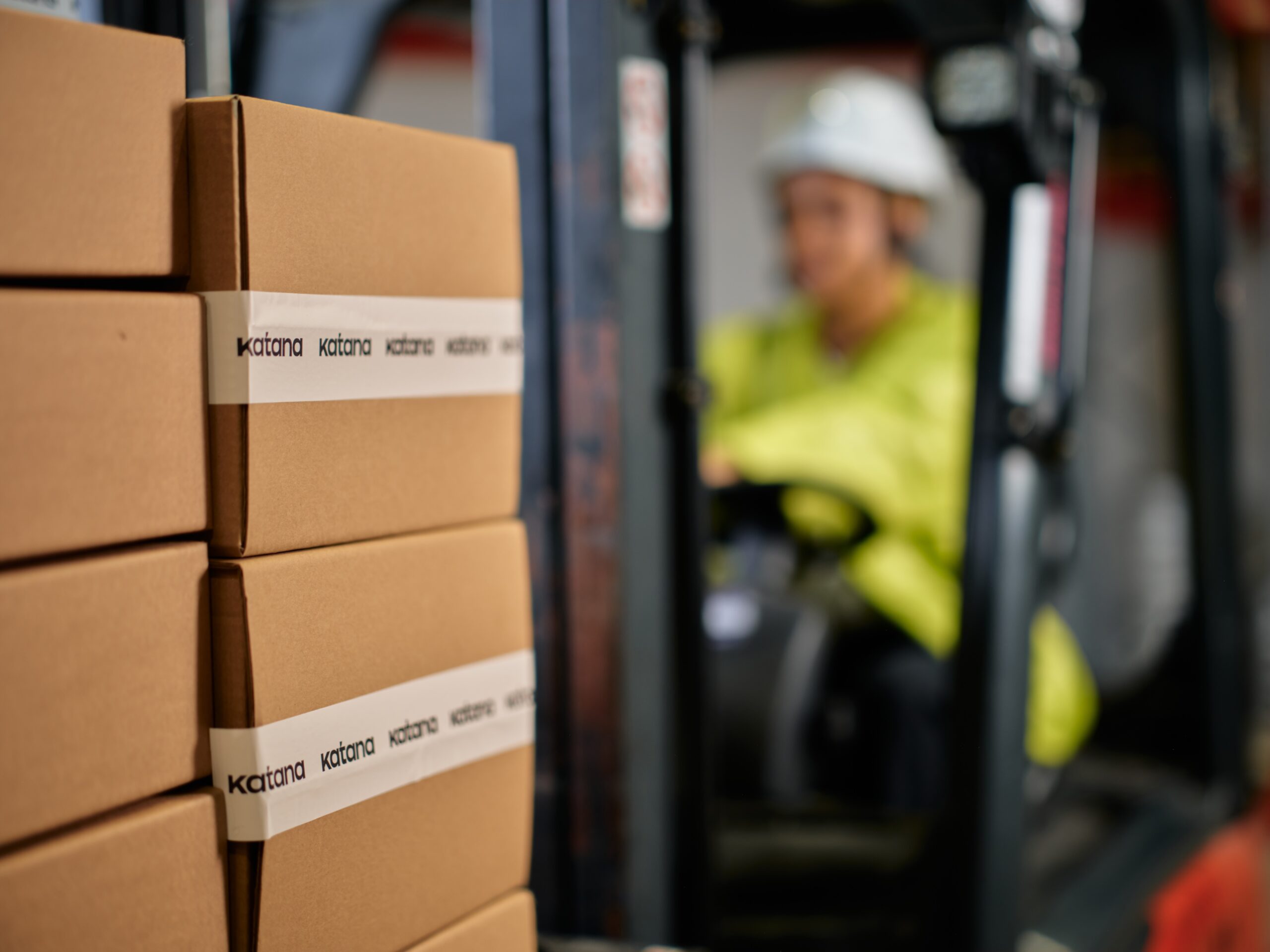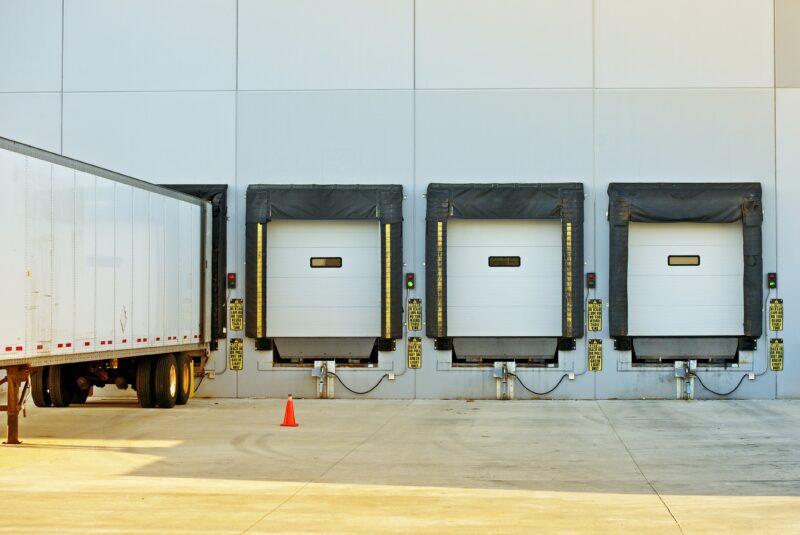Supply chain forecasting — Predicting the future
Accurate supply chain forecasting helps businesses stay ahead by predicting demand and managing inventory effectively. By using smart analytics and real-time data, companies can avoid shortages, cut costs, and keep customers happy.

Ioana Neamt

Ever feel like you’re constantly guessing how much of your favorite product will be on the shelves? Maybe you’ve missed out on that perfect gadget because the store underestimated demand. This is where supply chain forecasting comes in. It’s like having an ability that helps businesses predict what they’ll sell and when. Sounds interesting, right?
Now, imagine being able to do this with only one tool — Katana. But, before we get into why Katana is one of the best supply chain forecasting software options available online, let’s try to slightly better understand what supply chain forecasting actually is and how it works.
What is supply chain forecasting?
Supply chain forecasting predicts future product demand to ensure the supply chain operates smoothly and efficiently. It involves analyzing historical data, market trends, and other relevant information to anticipate customer needs and adjust inventory levels, production schedules, and distribution plans accordingly.
An accurate supply chain forecast helps businesses minimize costs, avoid stockouts and overstock, and effectively meet customer demand.

Why is supply chain forecasting vital?
The term forecasting, or at least forecast, should give you some insight right off the bat. Have you ever looked at the weather forecast? Some people do that on a daily basis. And they do so for an obvious reason. They don’t want to forget to take their umbrella with them if it’s going to rain later that day. The same goes for running your own business — the idea is to be able to predict what’s going to happen as accurately as you can. That way, your business can run smoothly, because just being able to start a business isn’t enough. Being able to sustain it is what matters, as practically almost anyone can, for example, open up a shop nowadays.
Let’s focus on some concrete examples now. By predicting demand, businesses can achieve the following:
- Plan strategically — This means making smart decisions about different aspects like expanding to new markets or budgeting for supplies, using similar ingredients for the majority of the menu without compromising the original recipe. Here, forecasting helps ensure they can meet customer demand without running out of stock.
- Stay on top of inventory — Nobody wants to see empty shelves. Forecasting helps businesses maintain the perfect amount of stock, keeping customers happy and avoiding those annoying out-of-stock signs.
- Deliver a positive customer experience — Imagine waiting in line for a product you’ve been looking forward to for some time now, only to find out that the store is out of it. Forecasting helps businesses avoid this by ensuring they have enough stock to fulfill orders and keep customers coming back for more.

The benefits of supply chain forecasting
Supply chain forecasting helps businesses in a few key ways:
- Reduced costs — Nobody likes wasting money. Forecasting helps businesses avoid buying too much or too little stock, saving them money on carrying costs and preventing wasted ingredients and products.
- Increased agility — Things change fast in the business world. Forecasting helps businesses adapt to unexpected changes, like a sudden surge in demand for a new product.
- Improved customer satisfaction — The customers are in focus here once again, as happy consumers are the best kind of customers. By having the right amount of stock, businesses can ensure customers find what they need, leading to a more positive shopping experience. Those same satisfied customers will later spread the word about the business, and this will most likely create various engagements on social media.

What are the challenges of supply chain forecasting?
Here are a few things that can make supply chain forecasting tricky:
- Unexpected events — Just as life can become unpredictable at times, supply chains face similar surprises. Changes in government regulations or even natural disasters are only a couple of examples. These can throw off forecasting predictions and are both equally unpredictable and possible.
- Changing trends — All industries move fast. Just like, let’s say, clothing styles change, customer preferences can shift quickly, as well. Forecasting needs to account for these changing trends to stay accurate. A good example in relation to owning a cupcake shop would be an increasing number of people who, due to more healthy dietary habits, tend to eat sugar-free treats. That’s why stevia and other similar sweeteners are the next big thing in the baking industry.
- Seasonal fluctuations — If we stick to the pastry shop analogy, we’ll notice that pink cupcakes might sell better on Valentine’s Day, while holiday cookies fly off the shelves during December. Forecasting needs to consider these seasonal changes in demand. That’s why some businesses rely on having constant festivities and such throughout the whole year.
- Supplier lead times — It takes time to get ingredients from suppliers. Forecasting needs to factor in these lead times to ensure businesses have the supplies they need when they need them.
Anyone remember COVID?
COVID came as a surprise to everyone and managed to properly mess up supply chains all over the world. To be fair, in his 2015 TED talk, Bill Gates did warn us all about a possible global pandemic within the next decade.
Supply chain forecasting methods and examples
There are two main ways to forecast — using historical data like past cupcake sales and using expert opinions. Of course, there’s also the difference between quantitative and qualitative forecasting.
- Quantitative forecasting — This is like using a super-powered calculator. It analyzes past sales data to predict future trends. This can be done using complex formulas or even just simple averages.
- Qualitative forecasting — This is like brainstorming with a team of experts. It involves using the knowledge and experience of people in the industry to make predictions. For example, a bakery owner might use their experience to predict how many cupcakes they’ll sell for a birthday party.
Supply chain forecasting with Katana
Katana is like the secret cheat sheet for your private business, helping you predict how many products to make to avoid a mountain of unnecessary items or a disappointed line of customers.
Katana ensures you have the right amount of stock exactly when you need it. And here’s how it can be your forecasting sidekick.
- Katana provides a centralized, real-time dashboard. This dashboard gives you a bird’s-eye view of your entire supply chain. You’re able to monitor inventory levels, track shipments, and even identify potential issues before they become problems.
- We all know that the business world is full of surprises. While Katana can only expect trends that it has seen before, like seasonality and consumer behavior, it still allows you to model different scenarios that we’ve previously mentioned. With this foresight, you can make informed decisions and demand forecasting in the supply chain.
Get a demo of Katana to see how our product can help you grow your business!

Ioana Neamt
Table of contents
Get inventory trends, news, and tips every month
Get visibility over your sales and stock
Wave goodbye to uncertainty with Katana Cloud Inventory — AI-powered for total inventory control